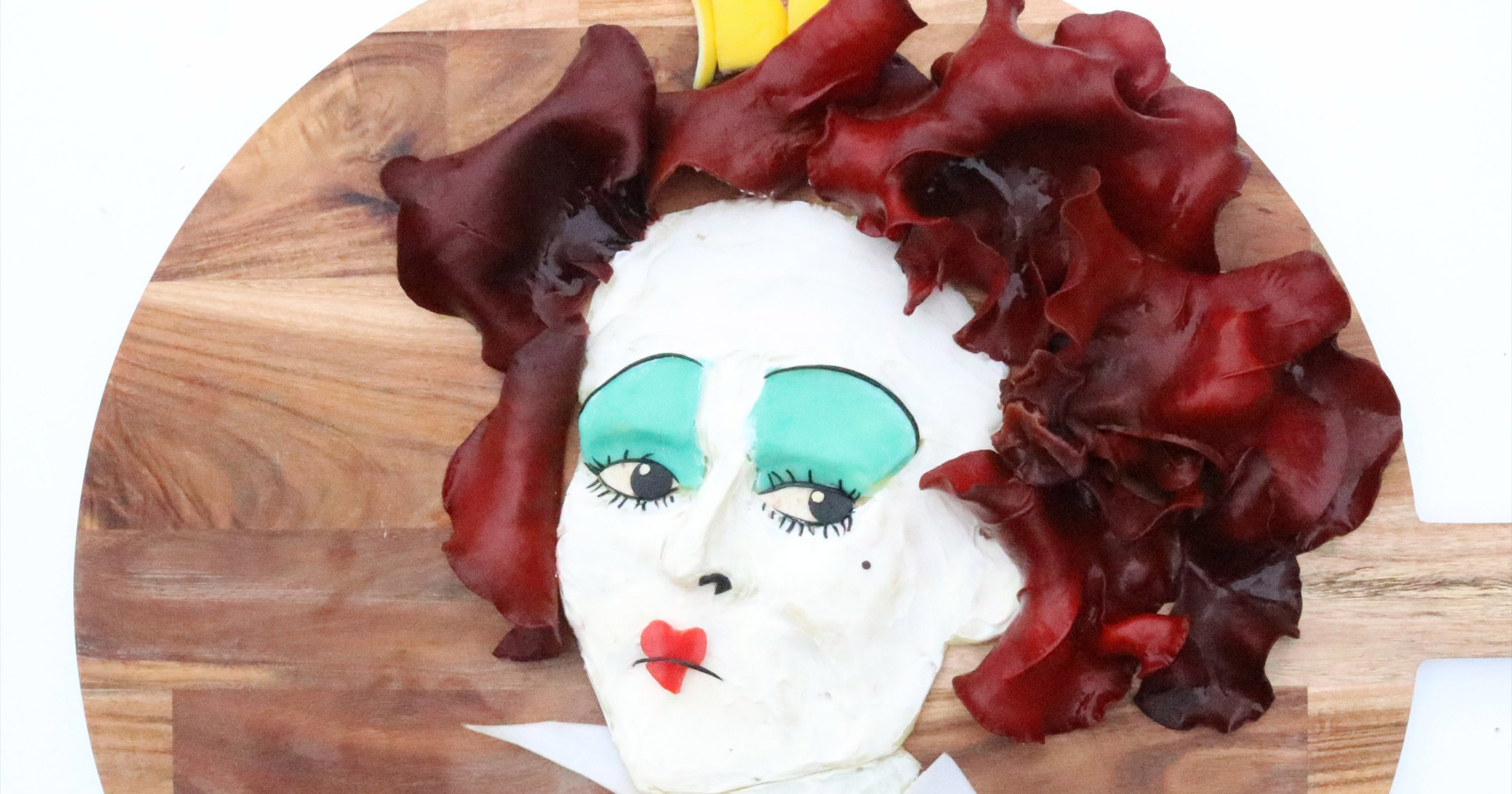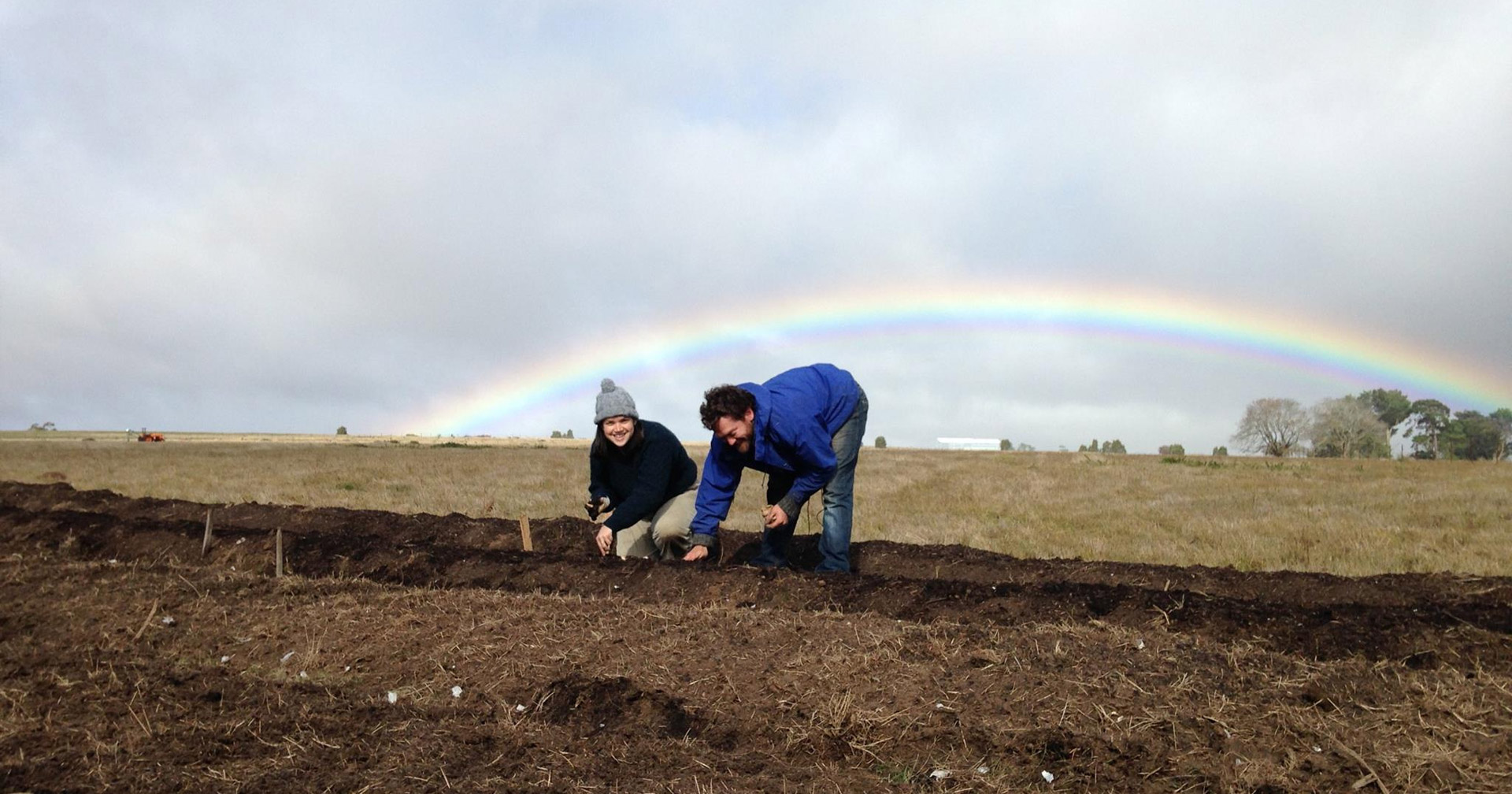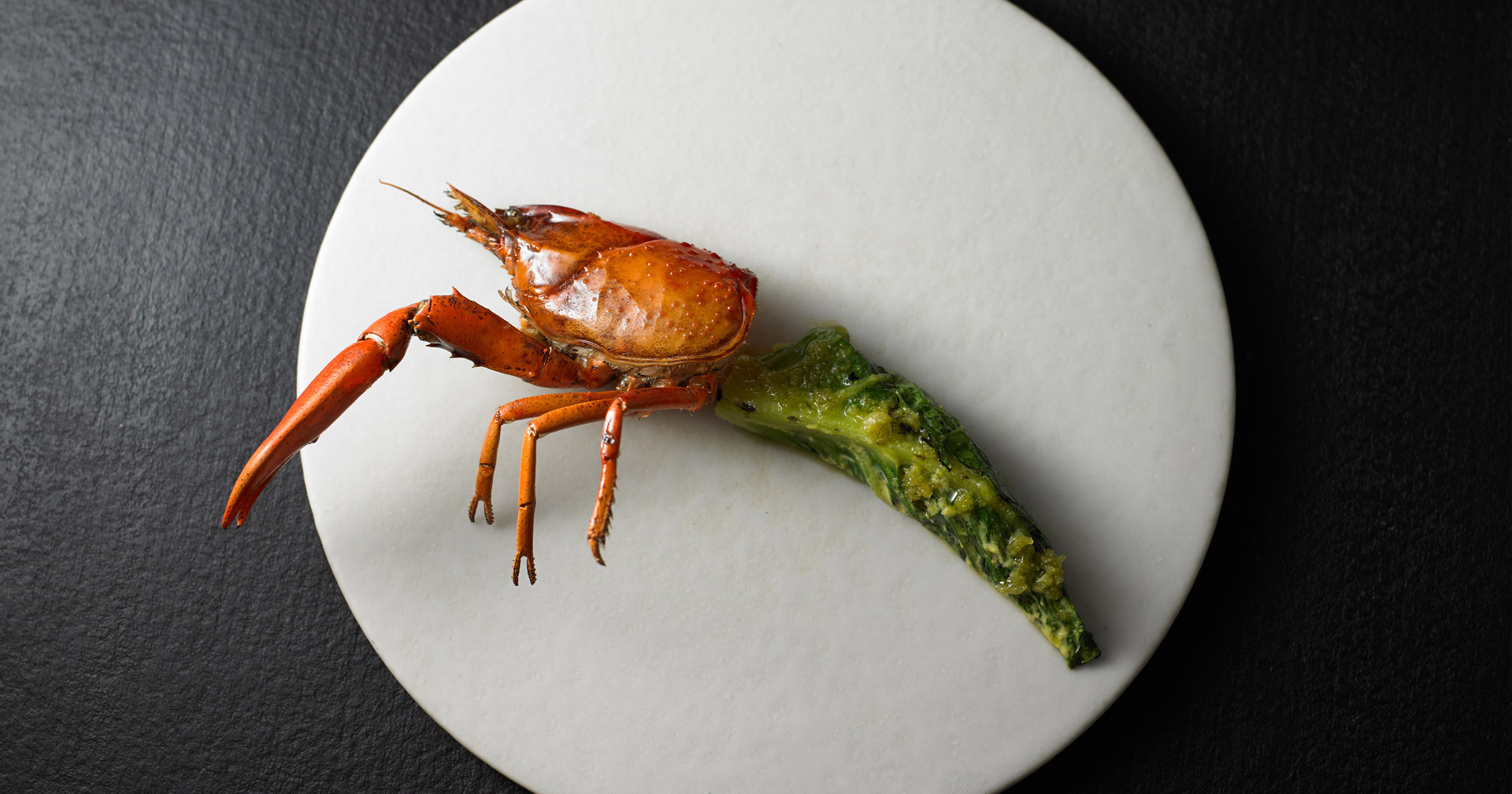
The Plummery’s Urban Abundance (Pip Magazine)
The Plummery sounds like a sprawling countryside property. Its garden beds grow an abundance of vegetables, with surrounding fruit and nut trees underplanted with shrubs, herbs and flowers. Bubblegum grape shades the house and there’s a greenhouse with bananas and babaco. A quail aviary sits by the side of the house and on the southern side are avocados, feijoas and a cherry guava. Yet all of this is contained on a 280m2 block in Melbourne’s inner city suburb of Northcote, at the home of permaculture designer Kat Lavers.
Last year, The Plummery provided 350 kg of herbs, vegies, fruit, eggs and honey, with Kat only spending half a day a week gardening. “Sometimes I dream about planting oaks and chestnuts, but the reality is I don’t have the time to manage more than I’ve got,” says Kat.
Kat is creative in overcoming spatial limitations, saying it has made her a better designer and gardener. “You can’t bury your mistakes under the rug!” she says. “Observation and interaction are virtually constant and therefore so is the learning. It also means that you can concentrate your compost, mulch and water resources on a smaller number of plants. Many gardeners don’t get these basics right and have poor yields from much larger gardens.”
Keeping produce records and a garden diary helps Kat to refine her planting plans, with much thought going into what she grows. “I’m careful to only grow plants that I actually use—I used to grow warrigal greens but realised I hadn’t bothered to harvest them for years!” Kat says. “I choose vegies where I can eat most of the plant for most of the season, trial varieties to find the most productive for my microclimate and use poles, trellises and pergolas to grow climbing varieties.”
“I embrace weeds as a bonus crop of food and animal fodder,” she says. I have a small army of perennial vegetables (wild rocket, chokos, arrowroot) to reduce work. My fruit and nut trees are designed to provide shelter for the house and garden, and crop in sequence for a succession of fruit all year round.”
Kat recommends quail as a fantastic egg-laying alternative to chickens for small gardens. Her quail also provide compost through a deep litter system made up of leaves and sawdust. All of The Plummery’s organic waste is processed on site thanks also to a worm farm and a home-built composting toilet.
Kat spends hours wandering around the garden, immersed in the magic of it all. “I love watching the seasons come and go, learning more about my plants and seeing all the creatures that come to visit,” Kat says. “I love eating my way through the seasons too! The anticipation of juicy ripe tomatoes when the first warm weather arrives…pickled cucamelons, quince paste and feijoas in autumn, sweet carrots and crisp radicchio leaves in winter, and leeks, greens and herbs in spring.”
First published in Pip Australian Permaculture magazine, issue 8 2017.
Photo by Amy Piesse.



